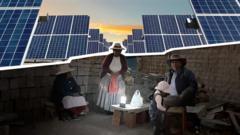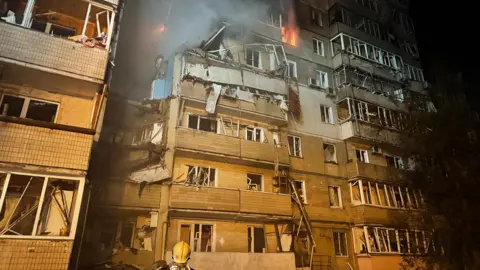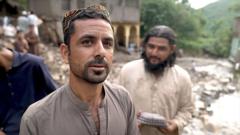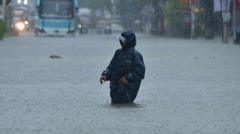Residents of Pampa Clemesí, perched next to Peru's largest solar complex, are caught in a paradox; while the nearby Rubí solar plant generates enough electricity to service 351,000 homes, the villagers remain untouched by its benefits. Each morning, Rosa Chamami kindles a fire from discarded cardboard, scraps of the boxes once housing the very panels that could illuminate their lives, now a stark reminder of the energy disparity.
Solar power has rapidly increased in Peru—with a staggering 96% growth in renewable energy generation in 2024 alone—yet the geographical and infrastructural distribution of electricity remains uneven. Situated roughly 1,000 kilometers from Lima in the Moquegua region, Pampa Clemesí is home to 150 residents who have yet to join the national power grid. While a few benefit from donated solar panels, the prohibitive costs of necessary batteries and converters keep the majority relegated to darkness.
According to energy expert Carlos Gordillo from the University of Santa María, the energy system in Peru prioritizes profitability, leading to a neglect of underpopulated areas such as Pampa Clemesí. The operator of the Rubí plant, Orygen, asserts that it has completed necessary infrastructure improvements, including an $800,000 investment in a dedicated power line to the town. However, the final installment of connecting this line to individual homes lies with the government, which has indicated a 2025 start date for that crucial phase of the project. Yet, no progress has been made to date.
For Rosa and her neighbors, the absence of electricity means enduring daily struggles. With no sockets in their homes, they rely on borrowed power to charge essential devices, while the longer-standing resident Pedro Chará recounts the village's decline in population due to a lack of basic utilities. Cooking is performed by torchlight or gas when available, but without refrigeration, fresh food becomes difficult to procure and store.
In the evenings, villagers gather for meals prepared through the faint light of solar-powered torches, and Rosa reflects on their way of life. Their isolation is keenly felt—the absence of evening entertainment leaves them with only each other, sharing meals and companionship by flickering light. There's an enduring hope that government action will soon facilitate their connection to the power grid, yet as Rosa states, "Because of the sun... we always have the sun."
Their living conditions raise questions about the ethical responsibilities of energy producers and government institutions towards communities like Pampa Clemesí that are poised to benefit from renewable energy but are left in the shadows instead.


















